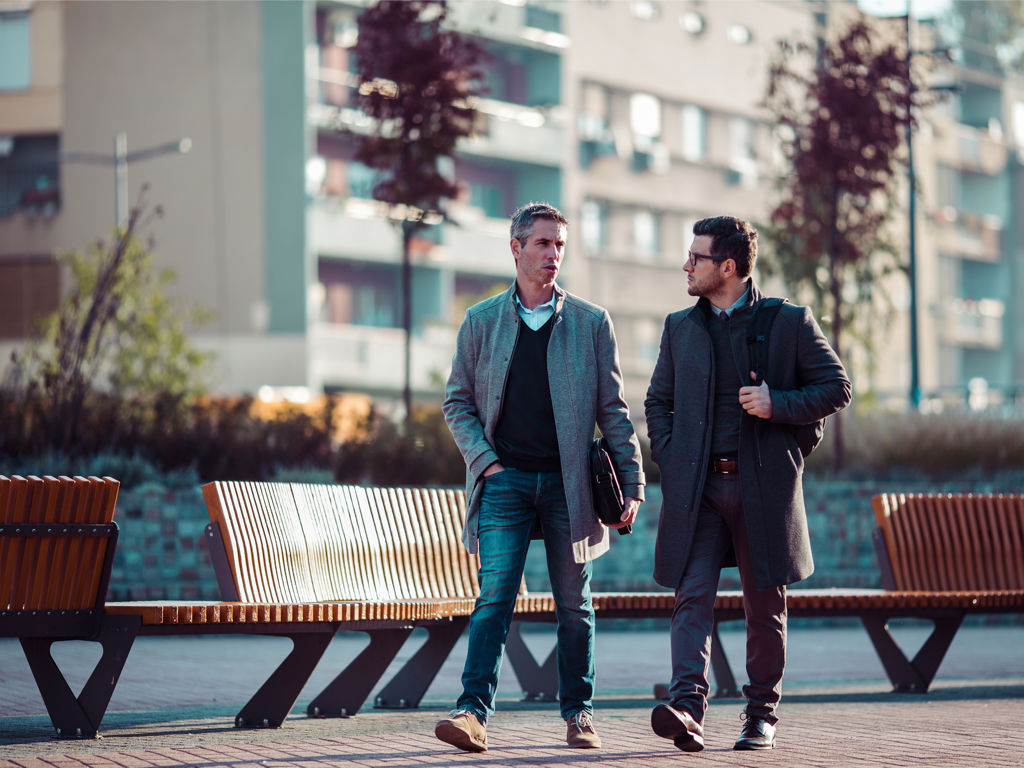Does culture live in the walls or in people?
In this editorial, Dorrit Brandt, president of Finansforbundet in Nordea, points out that it takes courage to challenge something that one thinks the majority and the community support
Back when I entered the bank as a student employee in 1987, I was seated at a desk in a large office together with 25-30 other colleagues. My place was with Per and Mette at a three-person desk workstation.
Per smoked 40 cigarettes during a working day - without filter; Mette smoked 20, and I myself was a party smoker. But that was when I started! 3 months later I reached 10 cigarettes in 8 hours. That was the culture.
Kate sat at one of the neighbouring desks. She did not smoke. Once in a while, she tried to appeal to the rest of us to put the smoke consumption down a bit, as it made her feel a bit unwell. Kate was looked upon as being a bit too sensitive. It was not said out loud, but it was between the lines: "If you don’t like the smell in the office, please find another place to work". That was the culture.
Was I myself part of the culture? Yes, I was! Did I back up Kate? No, I did not!
Cultural change takes time
Today, this "smoking scenario" is completely absurd. Now it is the other way around: Smokers are the minority in the workplace, and smoking indoors is almost unacceptable to society. But the change did not happen overnight. It has taken many years.
Which brings me to the debate, filling the media picture right now: the debate about sexism. It is a debate involving many emotions and attitudes. And our age, gender, culture, and personal boundaries come into play when arguing.
In many workplaces, it has been shown that a tone or behaviour lives in the walls and - consciously or unconsciously - has been passed on to new colleagues. It takes courage to challenge something that one thinks the majority and the community support.
75 have experienced sexual harassment
In Nordea's People Pulse for Q4 2019, 2% of our colleagues answered that they had been subjected to harassment, bullying, or unacceptable sexual attention. It is approx. 600 colleagues. Of these, 75 - and it is both men and women - answer that they have experienced sexual harassment. That's way too many as one case is one too many! We can do better!
Fortunately, we have several opportunities to act. In connection with the creation of our values and the cultural transformation we went through back then, we held many dialogue and coffee meetings in our own teams and across Nordea. The dialogue was the mainstay, and it was here that we got to know each other better.
Take co-responsibility for the tone and culture
"There is no culture transformation without a human transformation". That was the mindset behind the dialogue. As our value "Ownership" describes, it starts with ME. I have to take co-responsibility for the tone and the culture. Both when I experience something that transcends my own boundaries, and when I experience that others say no. As I should have done for Kate.
It can take a great deal of courage to speak up or say no to the norms set by the 'majority' because we all have a need to belong to a community. The management has the responsibility of setting the framework for the desired culture, but we can all make a difference.
Initially, I asked if the culture lives in the walls or in people. I can see that even if you build beautiful, new head offices, with walls in some places even made of glass, it does not automatically change a culture. We - you and I - are culture carriers, and therefore we all share the responsibility for healthy and inclusive work culture. Let’s talk!
Dorrit Brandt,
President, Finansforbundet in Nordea





